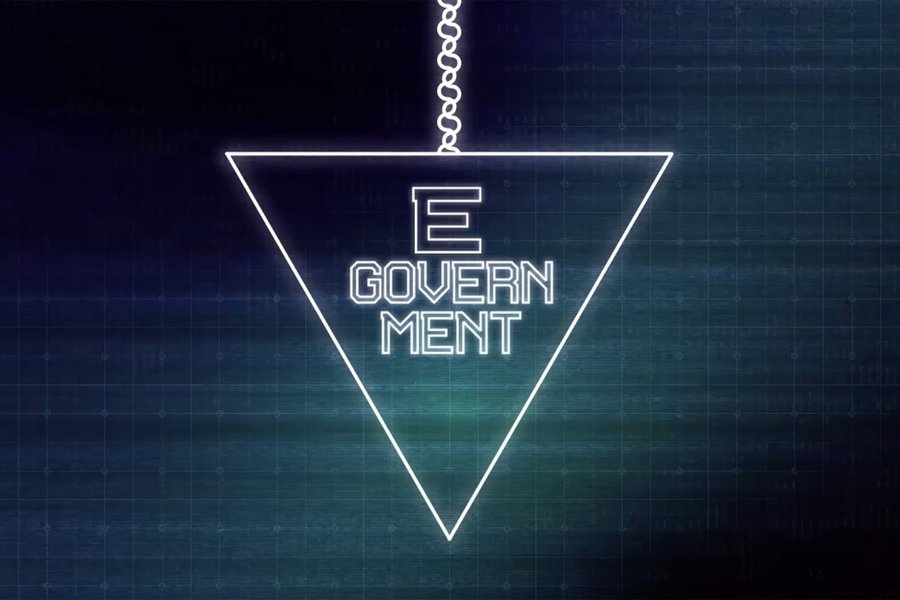High security for chip data
Basic Access Control (BAC) allows chip data, such as last name, first name, or facial image to be read while ensuring that data is encrypted between the electronic ID document and the reading device. Extended Access Control (EAC) is used in conjunction with BAC and protects access to sensitive data with an additional security layer.
It also ensures authentication between the chip’s microprocessor and the reading device and ensures that only authenticated and authorized readers can read the data. This authorization of the reading devices is done by a public key infrastructure (PKI), which issues, distributes, and verifies digital certificates.
Identity solutions providers have to be steps ahead of forgers. While forgers and cyberattackers try to develop new and increasingly advanced attack techniques, identity providers have to invest in advanced technologies for physical and digital security features.
It’s therefore vital that new security features are continuously added and updated throughout the document’s lifecycle, keeping the bar for forgers and others with criminal intent high.





